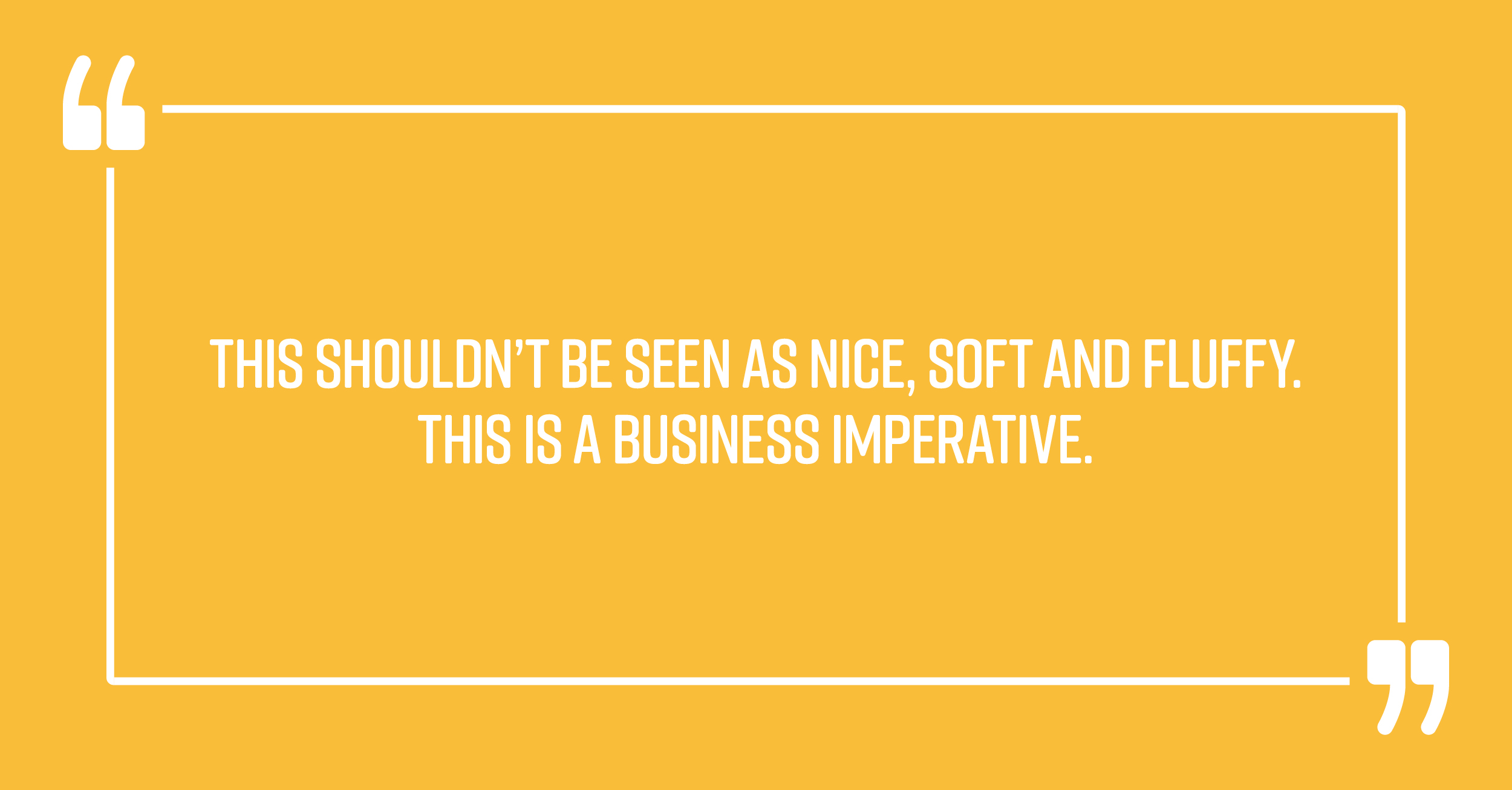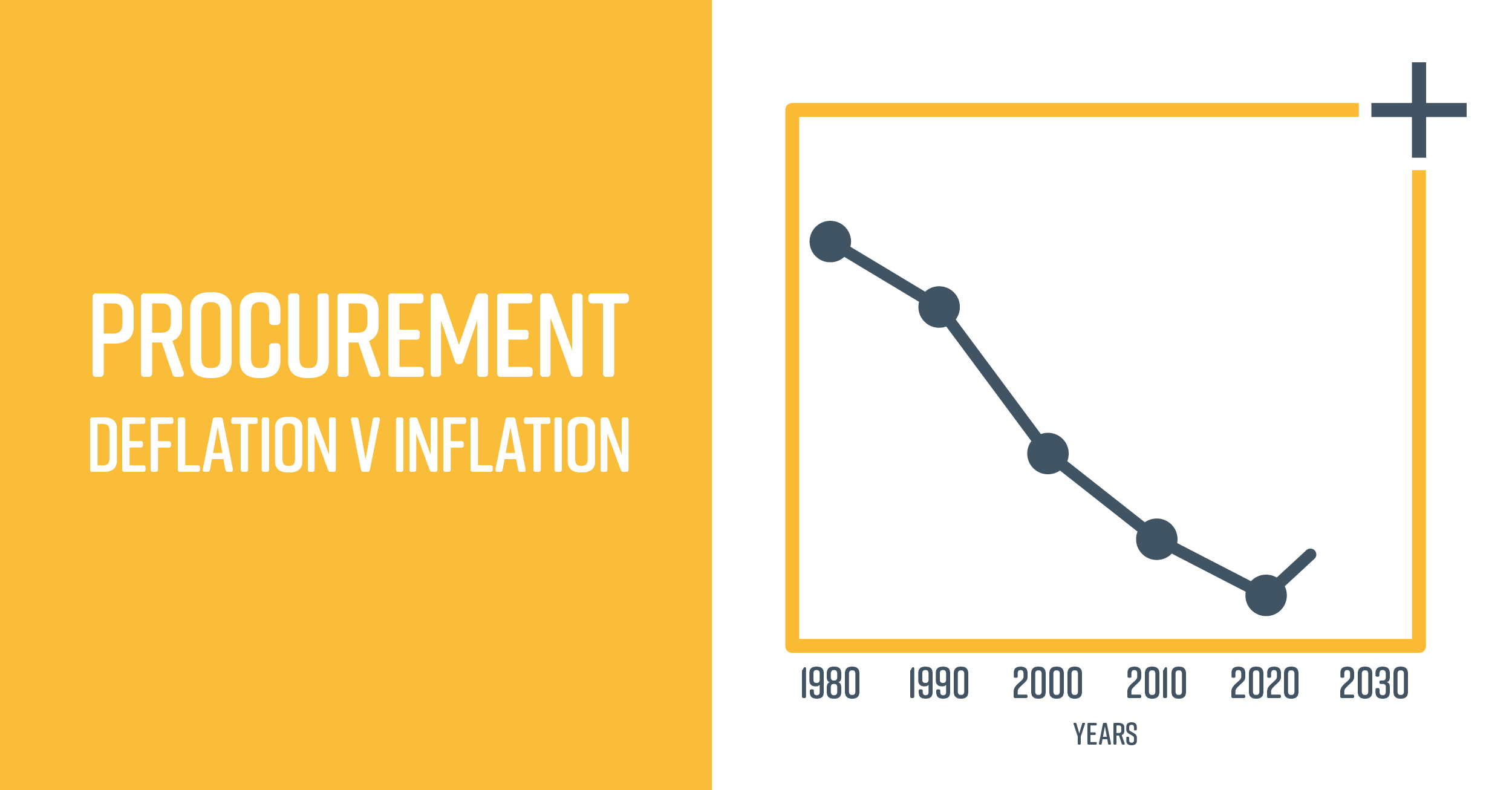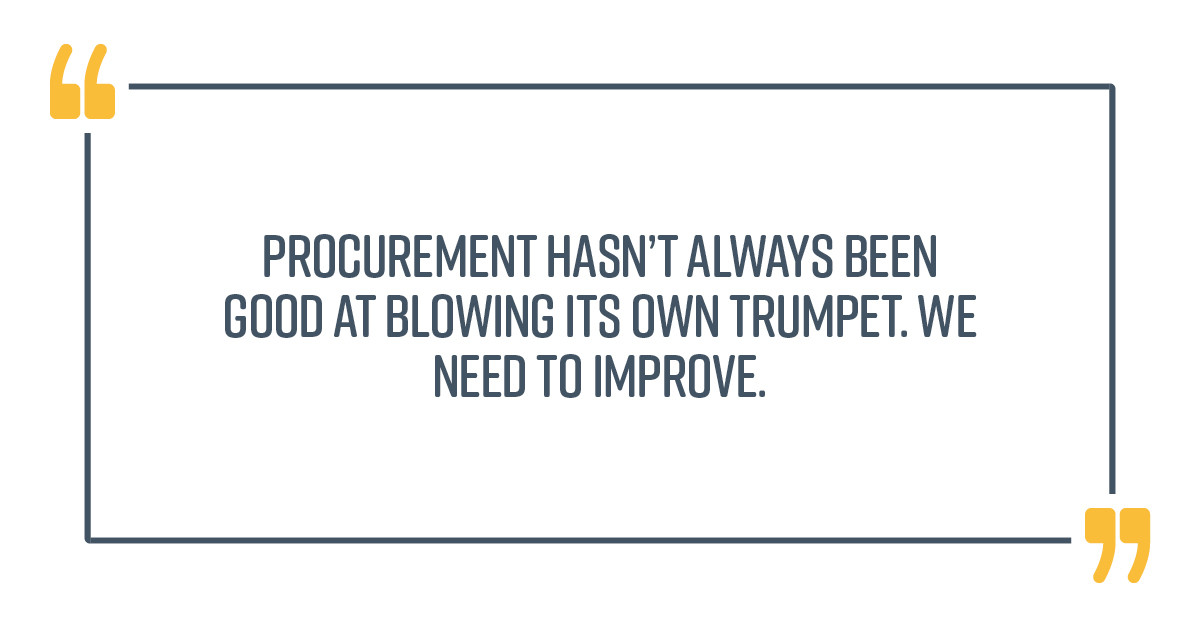CEO of Vizibl, Mark Perera, and MD of Procurement Excellence, Peter Smith, consider the topic of procurement with purpose, which also happens to be the title of their new book.
What is procurement with purpose?
Mark:
Procurement with purpose is all about how organizations can change the way they spend money to help protect the planet and its people.
If we look at where we are in the world, environmental, social and governance (ESG) is a top priority for those companies taking responsibility for what they do. We’re also seeing a trend for them to have a purpose with authentic messaging about why you should want to do business with them. This is not just driven by the environmental side but also by social and economic impacts. It’s also driven by employees who want to work with companies that are good members of society. Whether companies are looking at climate change or economic impacts in terms of a fair living wage, this is being driven as much by the individuals from the bottom as it is by the leadership.
Peter:
It’s fair to say there has been some confusion about the term sustainable procurement, which is one of the reasons we didn’t choose that as the book title. Many organizations see sustainability as being about the environmental side of things, such as net zero and deforestation. But procurement with purpose and purposeful business is much broader than that. In fact, it encompasses everything where an organization is spending its money with a wider purpose beyond its short-term goals. That’s the definition.
Top down or bottom up?
Mark:
With the recent COP 26 summit and policy makers’ initiatives and targets for climate change in the news, procurement with purpose is coming from the top down, but also from individuals within the procurement function and elsewhere in the business who can see they can make a purposeful or impactful difference beyond the narrative of savings and risk.
Ultimately, cost savings and savings per FTE remain a key KPI for any organization but we now need to change the way we look at our spend and consider our impact on sustainability, the environment and economic impact. There’s no greater time for procurement people to go to their leadership and say, ‘We can help you deliver these strategic agendas.’
A term I like to talk about is ‘buzz at the bottom’. The activity you’re seeing where procurement folk are working with suppliers and even their suppliers is where it really happens. It’s not just having the tone at the top. It is about the work we can do with our suppliers and how we align them around our purpose. The commitments we adopt here make things happen. It comes from both ends.
Peter:
Look, organizations are not doing this because they’re lovely people who want to go home and feel good about themselves. They’re doing it because it makes business sense. At a macro level, if we don’t make changes then the world is in trouble and there won’t be consumers or investors in the future. While at an individual company level, if you are associated with modern slavery in your supply chain or poor provenance on the materials you’re buying, it’s not exactly good for business when your consumers find out. This shouldn’t be seen as nice, soft and fluffy. This is a business imperative.

The supply chain challenge
Peter:
The climate change agenda is very challenging. But other things, such as diversity in the supply chain, buying from different types of suppliers and supporting apprenticeships and training in your key supply chain, are more achievable. These can deliver some quick wins while you’re working on the 20-year climate change agenda. For procurement functions, these are things they can be doing to get results in months rather than years and decades.
Mark:
We just have to look at the living wage. We had the issue last year with Boohoo and the salaries of people in UK factories. There was uproar. We expect large multi-nationals to be paying a fair living wage within their own organizations. Why would we not want to see a fair living wage within their suppliers? I think this is the next topic that we’ll be talking about after climate. There should be fairness for the people who are helping to supply and keep products and services on the shelves – as well as value for shareholders.
The role of procurement
Mark:
Procurement has come a long way in the last 20 years since we had a seven steps approach to sourcing and the only outcome was savings. As a function, procurement is solid under a single KPI, but the business needs to see the growth coming. Does procurement with purpose have to be more expensive? After all, this is not an efficiency approach, trying to shave the margin. Some of these programs are transformative.
For example, Unilever are removing non-virgin plastics from their homecare division. That’s a transformation of the value chain across one of three divisions in their business. That doesn’t necessarily mean it’s going to be more expensive. It could be cheaper to do it that way. And presumably somebody in Unilever also thinks that they’re going to sell a lot more product.
Peter:
The sustainability agenda is getting attention at board level. So it is a great way for procurement to elevate its profile.
We’re moving into a period of inflation. We’ve had 20 years of deflation through outsourcing, and low cost country sourcing. Now, that seems to be reversing. To put it bluntly, procurement isn’t going to have its cost savings story for the next few years. That might expose some people and functions. So you had better make sure you’ve got some different stories to tell your board.

Mark:
Storytelling is going to be an important part of that journey for procurement. We also have to show the business the portfolio that we’re helping to deliver and its potential impact. That’s a huge change for a procurement function used to hitting savings targets.
Cross-functional working
Peter:
Engagement with the business is key. Nothing we’re talking about can be driven purely by procurement, but we can take the lead. These are organizational initiatives. It’s no good for procurement to say, for instance, ‘Let’s move to an all-electric fleet of delivery vans’ without engaging with the person who’s actually in charge of delivery, runs the fleet of vans and holds the budget. It won’t work. There is always a need for procurement to be influential with stakeholders and this is an agenda that will require us to do that better. Procurement hasn’t always been good at blowing its own trumpet. We need to improve.

Mark:
It’s cross-functional. We’re supporting strategic business objectives and sustainability. It’s bringing procurement back to really understanding what the business strategy is and being supportive of that, which is the core of what procurement can do. Not just to create the supplier ecosystems of today but to develop those of tomorrow.
Mark Perera was one of the founders of Procurement Leaders in 2004 and is now CEO of Vizibl, a digital platform that helps drive collaboration, innovation and sustainability with supplier relationships.
With more than 35 years’ experience in procurement and supply chain as a procurement director, consultant, analyst and writer, Peter Smith is recognized as one of the UK’s leading experts in public and private sector procurement performance improvement. He is also the Managing Director of Procurement Excellence and author of the book, Bad Buying.

